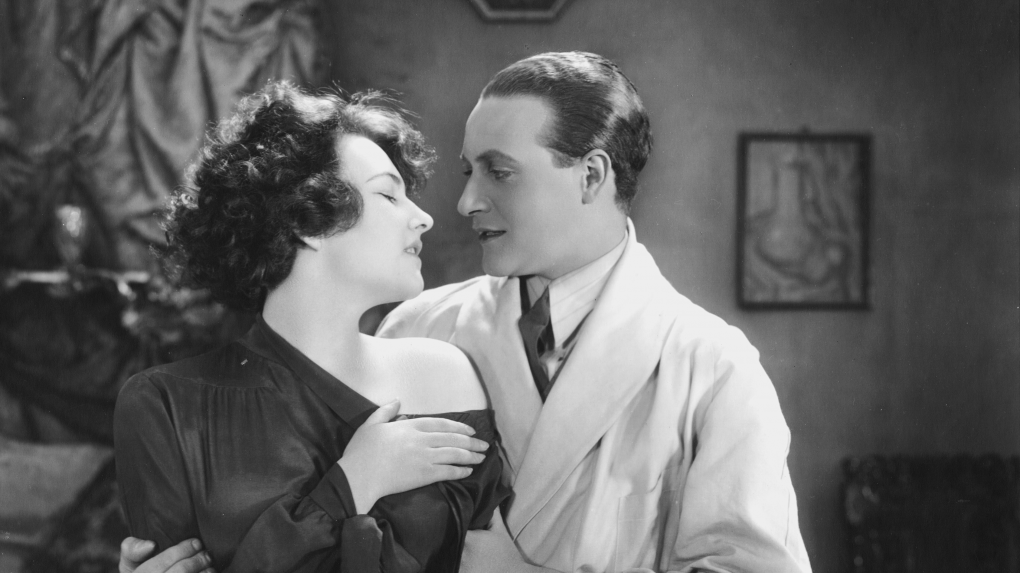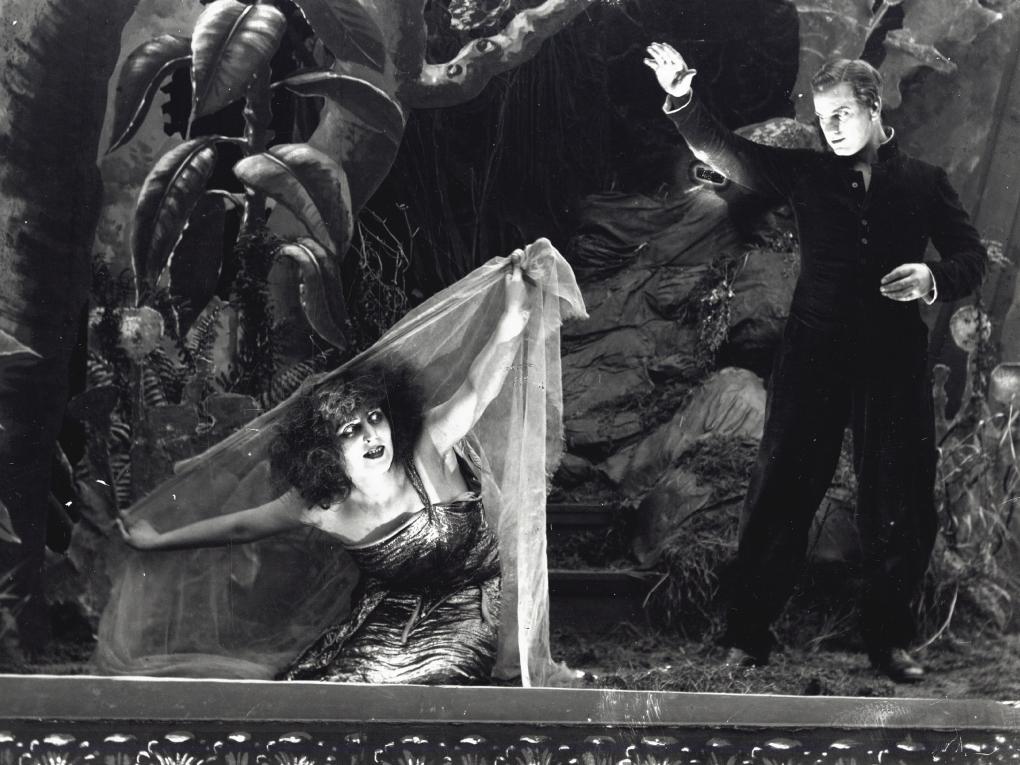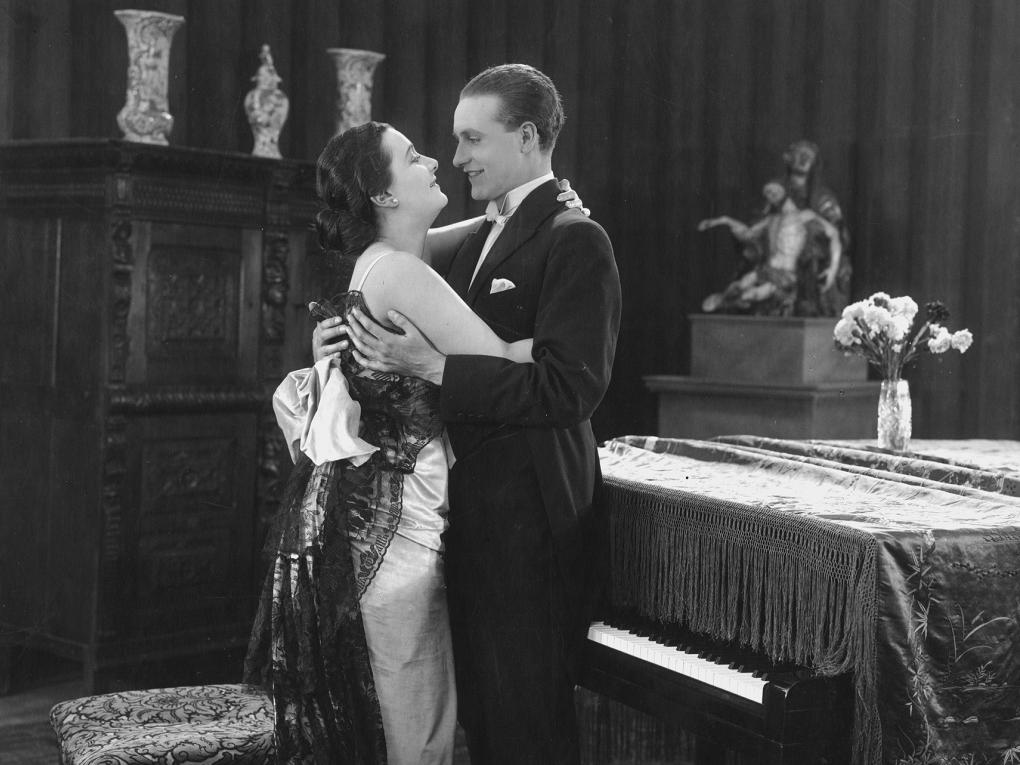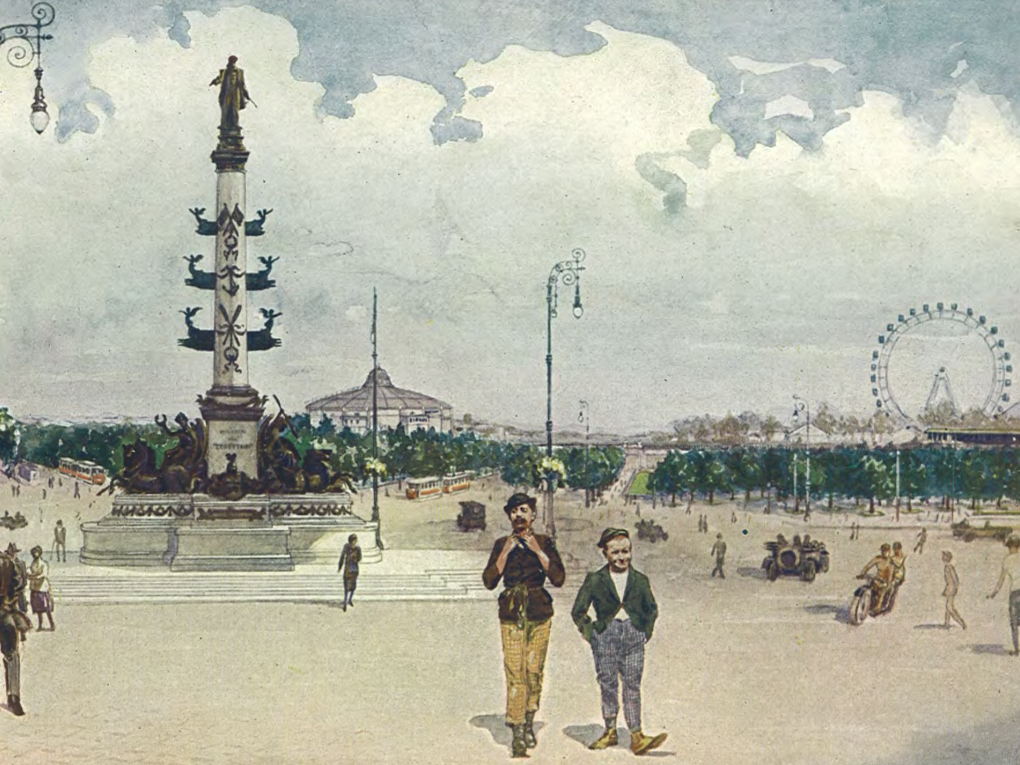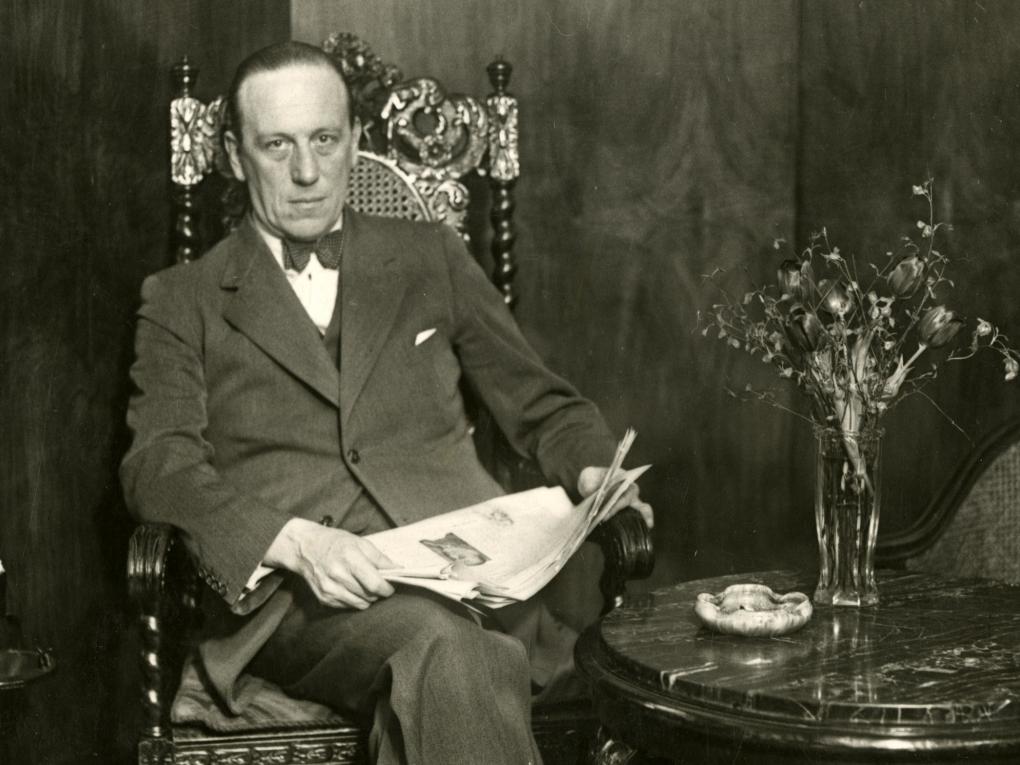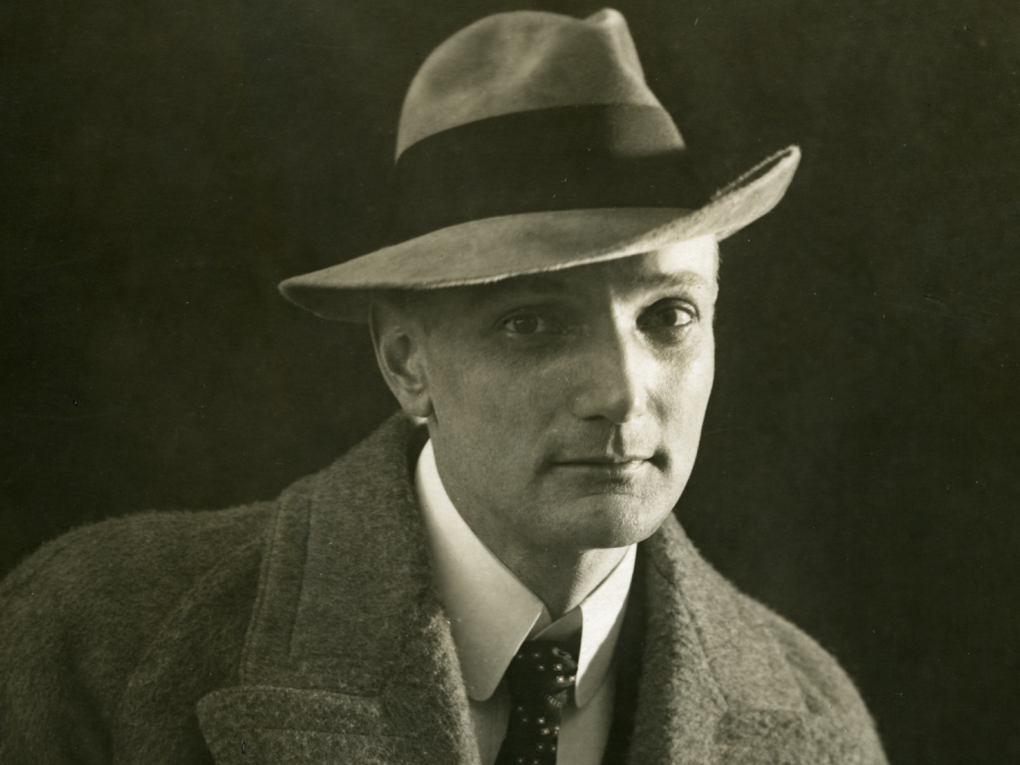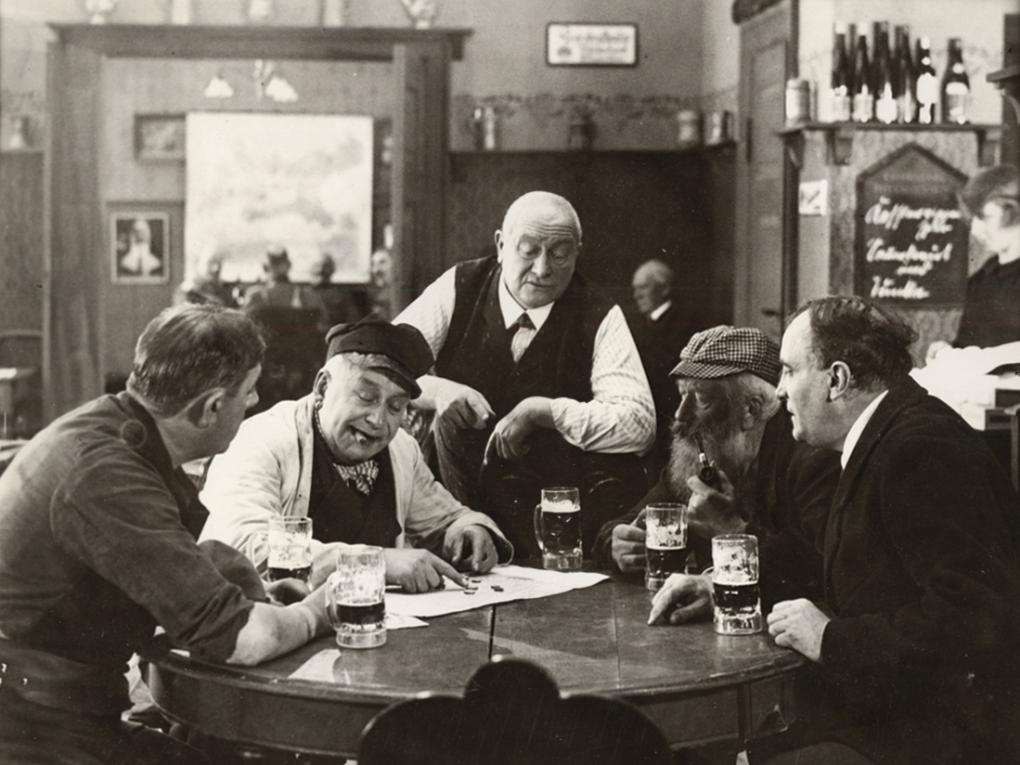Kosmorama #276
Project leader Lars-Martin Sørensen introduces the project and the individual contributions of the research team:
Stephan Michael Schröder analyses how Danish film companies negotiated contemporary German notions of ‘Danishness and Northernness’:
Taking Benjamin Christensen’s German comedy Seine Frau, die Unbekannte as a case study, Casper Tybjerg discusses how film historians can study the agency of directors long dead:
Jannie Dahl Astrup traces the careers of two individuals: the British film agent Arthur C. Gregory and the German producer and distributor Lothar Stark, who were both of prime importance to the European success of the Danish film company Palladium in the 1920s:
Translations added in 2021:
Isak Thorsen illuminates the motivations behind the German excursions of the renowned director, A. W. Sandberg, who – besides holding the position of artistic leader of Nordisk Films Kompagni’s production – directed several films in Germany:
Lisbeth Richter Larsen maps the personal history of one of the overlooked pioneers of Danish-German cinema, namely Urban Gad:
Asta Nielsen, and the way she was constructed as a cosmopolitan diva in her films and especially by the Danish press, is the topic of Helle Kannik Haastrup’s contribution:
Finally, Lars-Martin Sørensen scrutinizes the controversy surrounding the Danish censorship ban of the film Grænsefolket (1925), which dealt with the fate of Danes in the border region of North Slesvig, a region which is Danish nowadays but belonged to Germany until just after WWI:
